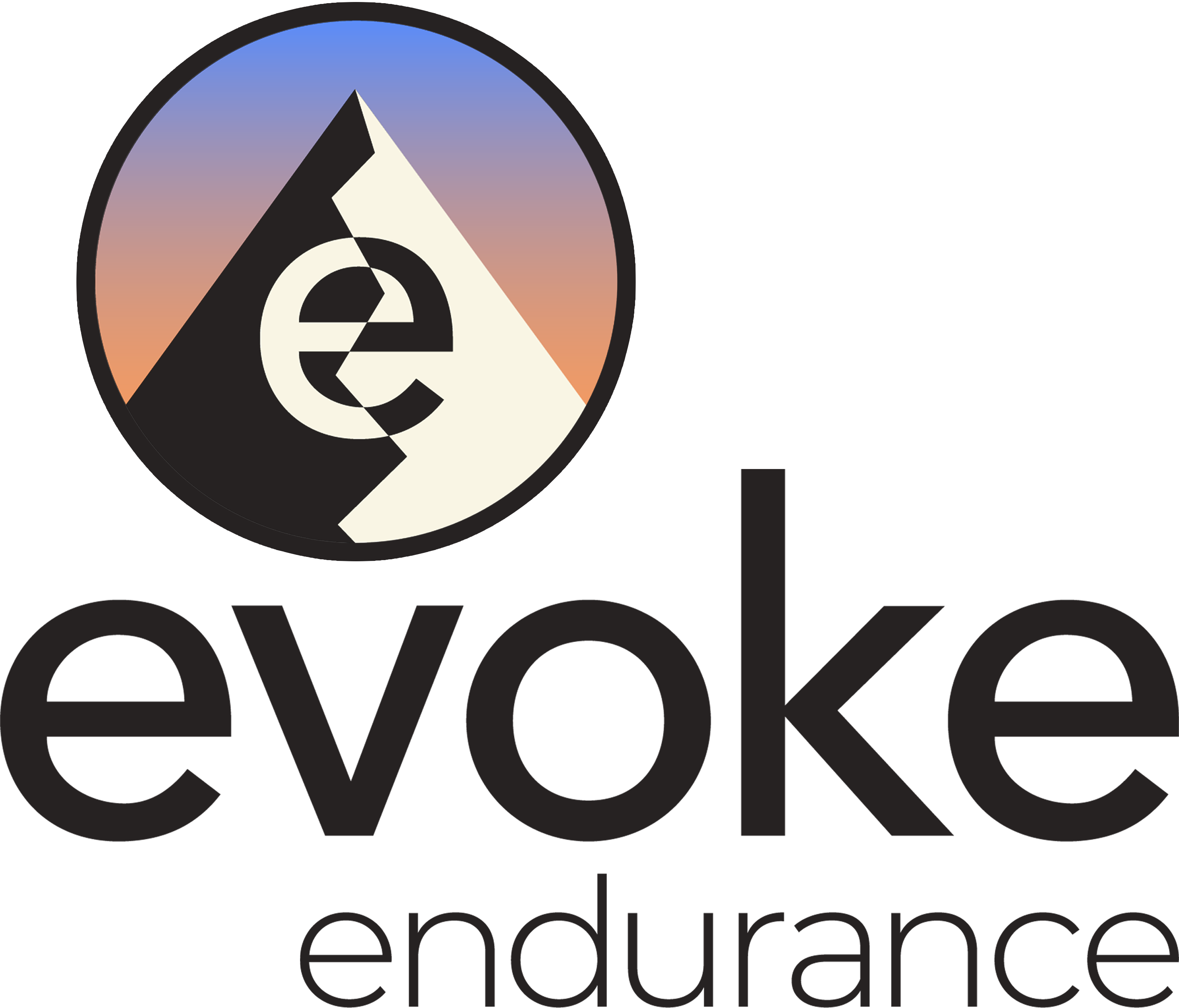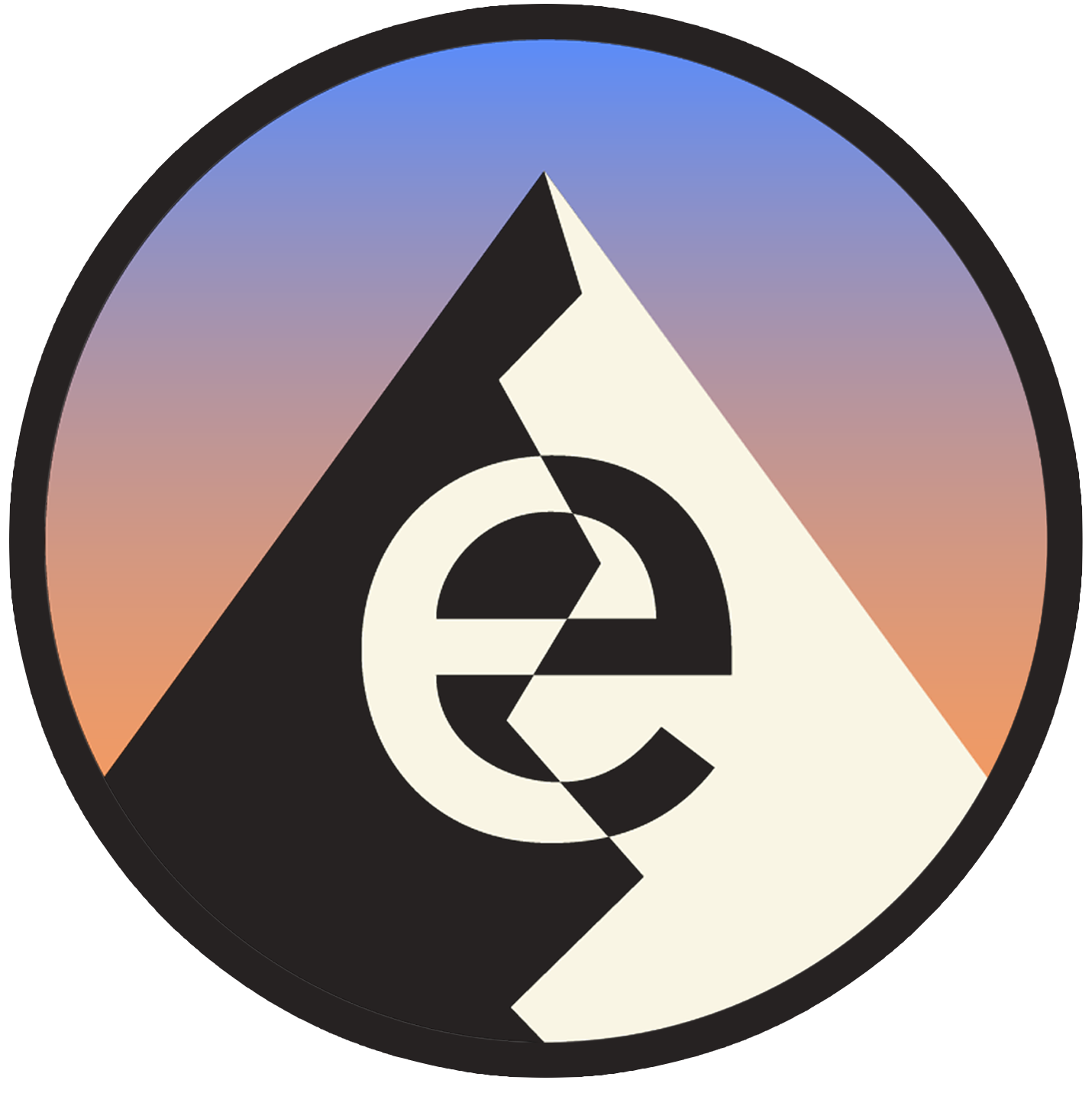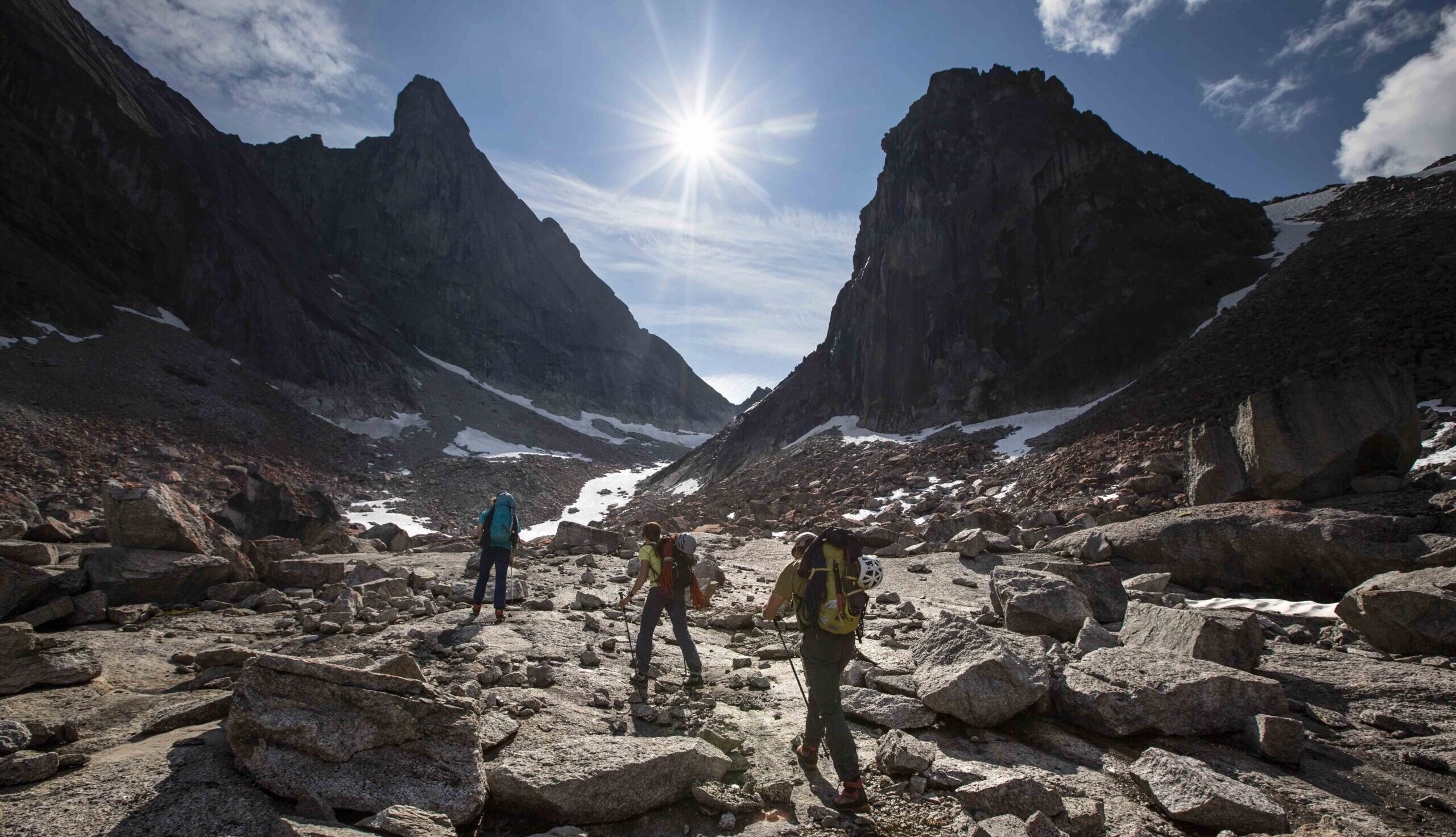Editor’s Note: This article was originally published on the Uphill Athlete website. Steph (a professional mountain guide) would like to see it published now on Evokeendurance.com so that her coach Seth Keena, now at Evoke Endurance, is given the proper credit. After all it isn’t a faceless business entity with a well known name that coaches these athletes. It is a person, an individual coach, who develops a close bond with an athlete that results in this kind of success. Each and every one of the athlete success stories has behind it a deeper story of human connection.
In 2017 I was standing on a metaphorical plateau that spanned nearly seven years. I had reached the peak of my technical rock climbing and ski mountaineering while still in my 20s, and I wasn’t perceptibly improving as a 36-year-old. Granted, I was still amassing memorable mountain adventures, more work as a ski and rock guide, and more inspiration than ever before to explore technical terrain in wild places. But alongside the good things were the inevitable effects of aging in tandem with years of physical work: achy knees and back, fatigue, slower recovery, and many unfulfilled dreams. Something needed to change in order live well the life I love, where one adapts the body and mind to move in the mountains in a kind of alpine dance that rolls on throughout life.

My old approach to preparing for mountain trips was, frankly, to not prepare at all. I exercised regularly in the form of skiing and climbing, Nordic skiing or trail running, and yoga. No hangboard, rock gym, weight lifting, or strategy per se. Eventually, I read Training for the New Alpinism and began “working out.” My logbook from that first amateur shot at training clearly demonstrated my inexperience as a person who sets goals and trains for results: in a word, an athlete. I didn’t understand which data were useful, let alone how to interpret my progress.
If I am completely honest with myself, I may have been resisting the hard work of training because I viewed its necessity as a hint that one was not meant for the finer mountain crafts. I harbored a hidden bias that skiing and climbing potential was limited to inherent ability coupled with the heart’s desire. The first half of the premise led to a debilitating misconception—that natural talent outranks raw effort. My own modicum of talent reached its limit far enough in the past that I see it now for what it was: I was simply riding on fumes with no realistic path toward improvement. I hadn’t yet addressed my deficiencies, which meant there was, with reasonable assurance, a source of untapped potential.
In late 2017, after casting about for professional advice, I lucked upon alpinist and Uphill Athlete coach Seth Keena, who took me on as a case to puzzle out. The task at hand: Train for a three-week ski mountaineering trip following the Alaskan ski guiding season, preceded by a ten-day ski guide course on the tail end of full-time work as a ski guide and field biologist. Then switch to rock climbing, train two months ahead of a three-week Arctic alpine rock trip bookended by summer mountain guiding, then push my limits on local routes in September followed by a ten-day rock guide exam and sport climbing later in the fall. Rest. Repeat.
To my great relief, Seth was unfazed and got to work on grounding my expectations firmly in reality while building a program that I could integrate into my complicated schedule. My first forays to the gym must have been good comedy to the muscle-bound regulars. Bench presses and kettle bell lifts felt like circus tricks. The body tension required for muscular endurance exercises was utterly awkward—the antithesis of my yoga practice. Unconsciously my face contorted into weird expressions that triggered my inner, deeply concealed body builder. I struggled to light up numerous “dead pathways,” including my neglected glutes.

Surprisingly, slowly, I began to genuinely enjoy training, even before the major benefits unfolded. I became stronger, and I got sick less, recovered more quickly, and maintained good condition despite a packed work season that offered few rest days. The real test was a monthlong stretch guiding in Alaska’s Wrangell–St. Elias National Park, where for three consecutive weeks my husband and I averaged over 20,000 vertical feet of gain per week, wearing guide packs exceeding 25 pounds, pioneering ski routes on lines up to 50 degrees in remote, plane-accessed terrain with as many as four guests each. I came out of that extraordinary season feeling strong and eager for a big mountain ski adventure.
Spring weather and conditions, sadly, did not align with our aspirations. We returned home to the North Cascades where we happily shifted to rock climbing and preparing for a trip to the Brooks Range. Seth finely tuned a training regime that gradually built tendon strength for climbing while also ramping up muscular endurance, including weighted hill climbs, to set me up for double-carrying heavy loads over multiple days to the base of climbing objectives. The preparation paid off beautifully.
In mid-July 2018, our team was dropped off by floatplane north of the Arctic Circle and a two-day walk east of the Arrigetch Peaks. Each of us hauled 70-pound packs across rough, trailless terrain to Aiyagomahala Valley, where we set our sights on the stunning West Ridge of Shot Tower (1,500’ 5.8 A2). The next day we climbed the West Ridge and established an airy two-pitch 5.11a free variation, which I had the surreal delight of sleuthing out and free climbing—a personal benchmark! Intermittent rain and lowering snow levels dashed any further hopes of opening up a new route on other elegant lines over the following weeks. Still, we managed to climb two more peaks and worked our way up a remarkable 150-meter 5.10 dihedral on a spectacular wall that set us dreaming of a return trip and further investigations.
We flew home in mid-August, and I was still in good shape, able to easily guide a familiar grade III 11a granite route just a few days later, and begin projecting 5.12- lines. Clearly, the benefits of diligent training over the course of nine months had gifted me with the greatest fitness I have ever had and a renewed motivation to dream, train, and do my alpine dance. I am wholly overjoyed!
With heartfelt thanks to Seth Keena and Scott Johnston.

David Moskowitz works in the fields of photography, wildlife biology, and education. Visual media of David’s has appeared in numerous outlets. More at davidmoskowitz.net and on Instagram: @moskowitz_david




